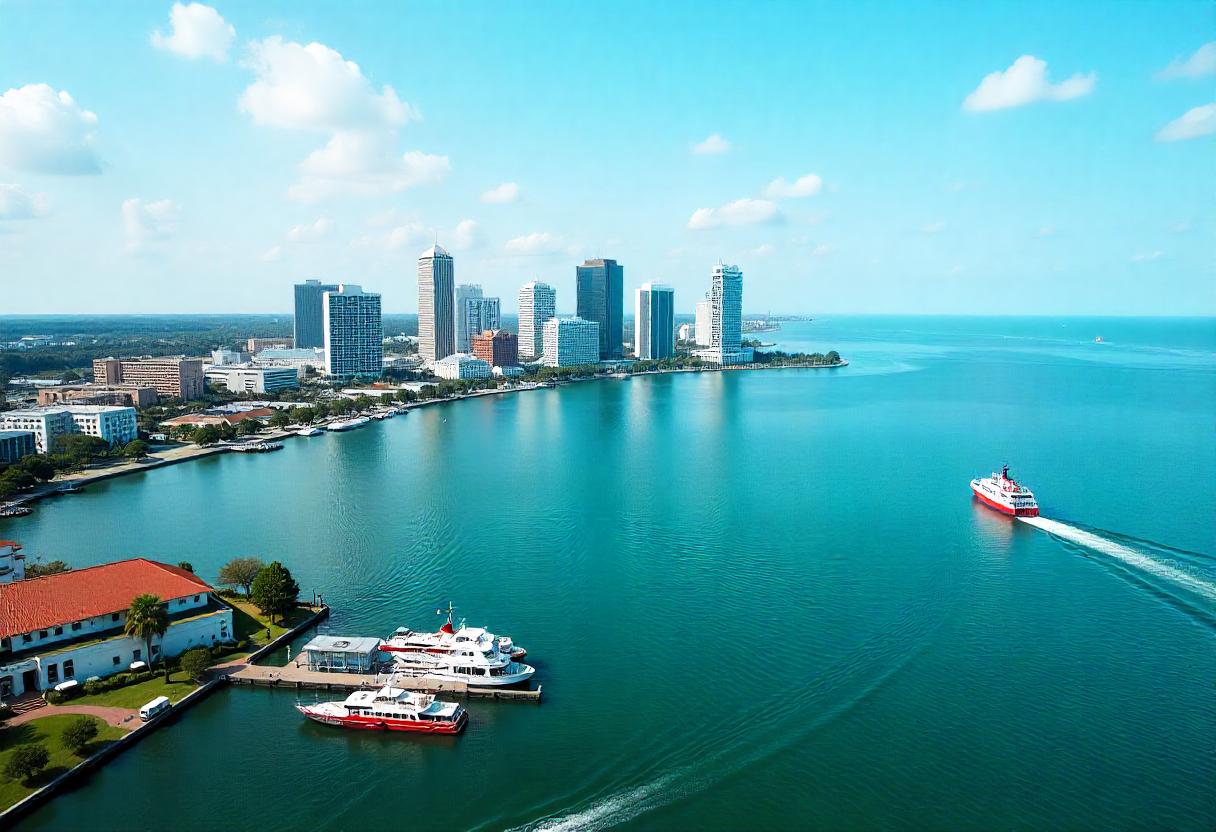≡-Washington, New York, Maine, Vermont Record Sharp Dip of Canadian Tourists, Now US–Canada Travel on the Brink as July Fifteen Nears, Here is the Latest Update for You – Viral of Today
<> Viral of Today <>
Home » Canada Travel News » Washington, New York, Maine, Vermont Record Sharp Dip of Canadian Tourists, Now US–Canada Travel on the Brink as July Fifteen Nears, Here is the Latest Update for You Thursday, June 26, 2025Washington, New York, Maine, and Vermont are making headlines for all the wrong reasons. Each of these states now records a sharp dip in Canadian tourists—not once, but again. As the clock ticks closer to July Fifteen, the tension is rising. Border traffic is thinning. Travel budgets are shrinking. And now, US–Canada travel stands on the brink of a deep and sudden freeze.The warning signs are everywhere. In Maine, visitor crossings drop week after week. Washington and New York feel the pinch at their hotels and resorts. Meanwhile, Vermont sees empty tables, vacant cabins, and summer plans unravel.This isn’t just a dip—it’s a disruption. And it’s happening fast.With July Fifteen approaching, local economies brace for more. Could this be a temporary chill, or the start of a longer freeze? The answer may define the next chapter of US–Canada travel. And this new update may change how we see border tourism forever.Canadian Travel to US Sees Sharp Decline, Northern States Feel the ChillA quiet shift is rippling across the northern U.S. border—and the numbers reveal the story. Canadian tourists, once the lifeblood of summer economies in border states like Vermont, Maine, New York, and Washington, are pulling back. What was once a steady stream of cross-border traffic has slowed to a crawl, leaving towns, resorts, and local businesses bracing for impact.In Vermont, ski resorts and summer lodges are seeing a dramatic downturn in bookings. Some report a 45% drop in Canadian traffic, a number unheard of since the pandemic. Maine’s border crossings have plunged by over 85,000 visits in just one month, while Washington reports nearly 50% fewer Canadian vehicles entering popular shopping and recreation towns like Bellingham.Why the retreat? Tensions fueled by upcoming U.S. tariffs, political rhetoric, and an unfavorable exchange rate have created a perfect storm. Canadians are choosing to stay home—or explore Europe instead.For U.S. border communities, the ripple effect is real. From fewer hotel bookings to slumping restaurant foot traffic, the economic strain is building. And with the July 15 tariff deadline looming, uncertainty grows.What’s at stake isn’t just revenue—it’s a decades-long relationship built on shared culture, commerce, and geography. As leaders on both sides weigh their next moves, the hope is that travel—and trust—can rebound.Because for many northern towns, Canadian visitors aren’t just tourists. They’re neighbors, friends, and part of the local heartbeat.US–Canada travel is on the brink. As July Fifteen nears, uncertainty grips both sides of the border. What was once a smooth corridor for commerce and vacation is now a flashpoint. A looming tariff war is igniting cross-border fallout—and with it, real fears of a tourism recession in Northern America.Canadians are pulling back. Americans are bracing for impact. The stakes rise by the day.Travel, once a symbol of unity, now hangs in fragile balance. Meanwhile, local economies dependent on summer visitors are sounding the alarm. With every passing hour, the path to resolution grows narrower.This is more than politics. It’s personal. It’s economic. And it’s urgent.As July Fifteen approaches, border towns feel the chill of disappearing foot traffic. US–Canada travel is entering uncharted airspace, and the consequences could echo far beyond this season.What happens next could reshape Northern America for years to come.As the July 15 tariff deadline approaches, the fragile balance of U.S.–Canada tourism is unraveling in real time. A surge of cancellations, falling border crossings, and strained political ties are putting cross-border travel at serious risk—threatening not just summer vacations, but billions in revenue and thousands of livelihoods.Once a symbol of seamless cooperation, the U.S.–Canada tourism corridor is now on shaky ground. For northern U.S. states, from Vermont to Maine, the drop in Canadian visitors could mean economic pain that stretches long after summer ends.A Trade War Hits Travel Where It HurtsThe numbers paint a dire picture. Canadians are the largest group of international visitors to the United States, logging over 20 million trips last year. In 2023 alone, Canadian tourists spent $26.6 billion in the U.S., almost double what Americans spent in Canada.However, 2025 has taken a sharp turn. With tariff tensions escalating and controversial statements about Canada’s sovereignty sparking outrage, Canadian travel to the U.S. is sharply down. The World Travel & Tourism Council reports a projected $12 billion drop in international visitor spending this year—down to $169 billion from $181 billion last year.Canadians Choosing to Stay HomeA recent poll of Canadian residents revealed a troubling shift. Six in ten respondents said they plan to reduce or eliminate travel to the U.S. in the coming year. Their reasons are clear: economic uncertainty, growing diplomatic tension, and resentment over perceived disrespect in political discourse.If Canadians redirect all U.S. travel spending to domestic destinations, Canada could see an $8.8 billion surge in local tourism revenue, according to the Conference Board of Canada. Meanwhile, American businesses—particularly those in border regions—are bracing for the fallout.Crossings Collapse at the BorderData from Statistics Canada shows a steep year-over-year drop in return trips from the U.S. by Canadian residents. May saw a 38.1% decline, following a 35.2% drop in April—marking the most significant contraction since pandemic-era travel restrictions were in place.This shift is not theoretical. Resorts, restaurants, and small businesses in U.S. border towns are already experiencing the pain. In Vermont, for example, Jay Peak Resort—a popular destination for Canadian tourists—has reported a major drop in summer traffic. Historically, up to 60% of its summer guests come from Canada.States Sound the AlarmNorthern states are scrambling to respond. A multi-state delegation including Connecticut, Maine, New Hampshire, New York, Rhode Island, and Vermont recently held talks with Canadian provincial leaders. Their aim: to maintain economic ties and blunt the impact of tariffs on tourism.In New Brunswick, border crossings into Maine have dropped nearly 40% in recent months. Canadian leaders are urging Washington to reconsider, warning that tariff policies are pushing away loyal visitors and eroding decades of goodwill.“Liberation Day” Looms: July 15The July 15 deadline for implementing higher tariffs—referred to by the administration as “Liberation Day”—has become a critical flashpoint. Countries without a new bilateral agreement with the U.S. will face steep import duties, further inflaming trade and tourism tensions.For travel-dependent economies, the risk goes beyond border politics. The U.S. Travel Association estimates a 10% drop in Canadian tourism would mean two million fewer visits, $2.1 billion in lost spending, and 14,000 American jobs wiped out—most in border states.Political Rhetoric Has Real-World ImpactAt the core of the crisis is more than tariffs. Remarks suggesting that Canada could become the “51st state” have fueled anger north of the border, adding a layer of national insult to economic injury. Political sentiment is shaping travel choices more than ever, and once-busy cross-border towns are now seeing empty storefronts and vacant hotel rooms.This shift raises questions about how much longer tourism can thrive without diplomatic stability. With travel so deeply tied to perception and trust, even temporary tensions can cause lasting damage.What’s at Stake for U.S. Travel IndustryBeyond border states, the broader US travel industry stands to lose ground. Canada has long been the easiest, most reliable source of international tourists. These visitors often drive across the border, stay longer, and spend more per trip than many others.Losing that market would disrupt air routes, hotel bookings, event attendance, and seasonal staffing across multiple sectors. The potential loss is not just financial—it’s strategic.Uncertain Road AheadWith just weeks remaining before the deadline, it remains unclear whether a new trade deal can be reached—or whether the shift in Canadian travel habits will become a long-term reality.Will this be a momentary reaction, or the start of a fundamental change in regional tourism patterns? Are the current trends driven purely by policy, or are deeper political sentiments taking hold?The answers lie in the hands of policymakers on both sides of the border. But one thing is clear: if the current path continues, the damage to US tourism will not be short-lived.
This information will surprise you!
See also
- Read until the end to discover everything.
- Important information you need to know.
- Interesting facts and helpful tips.
Conclusion
Did you enjoy the news? Keep following us daily!













